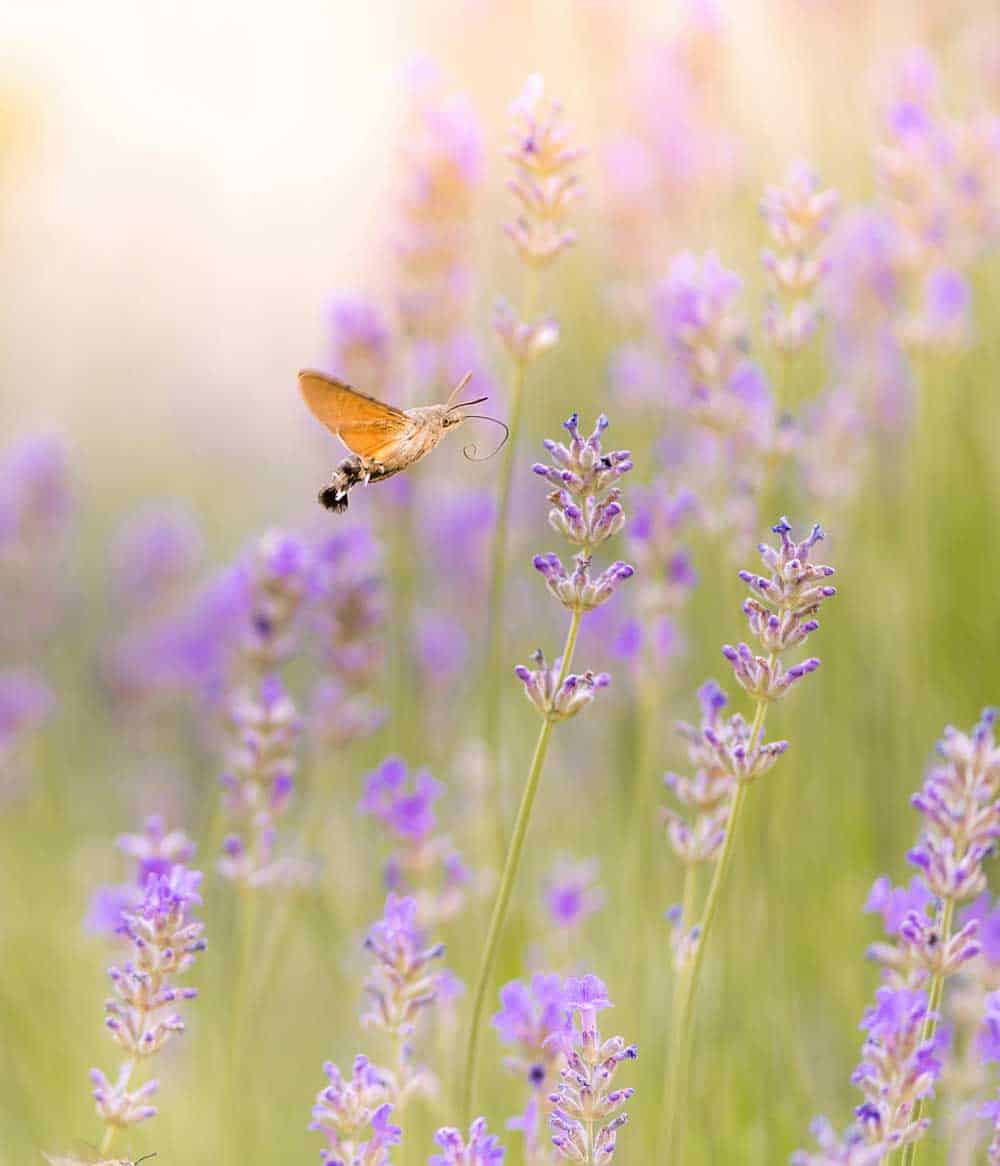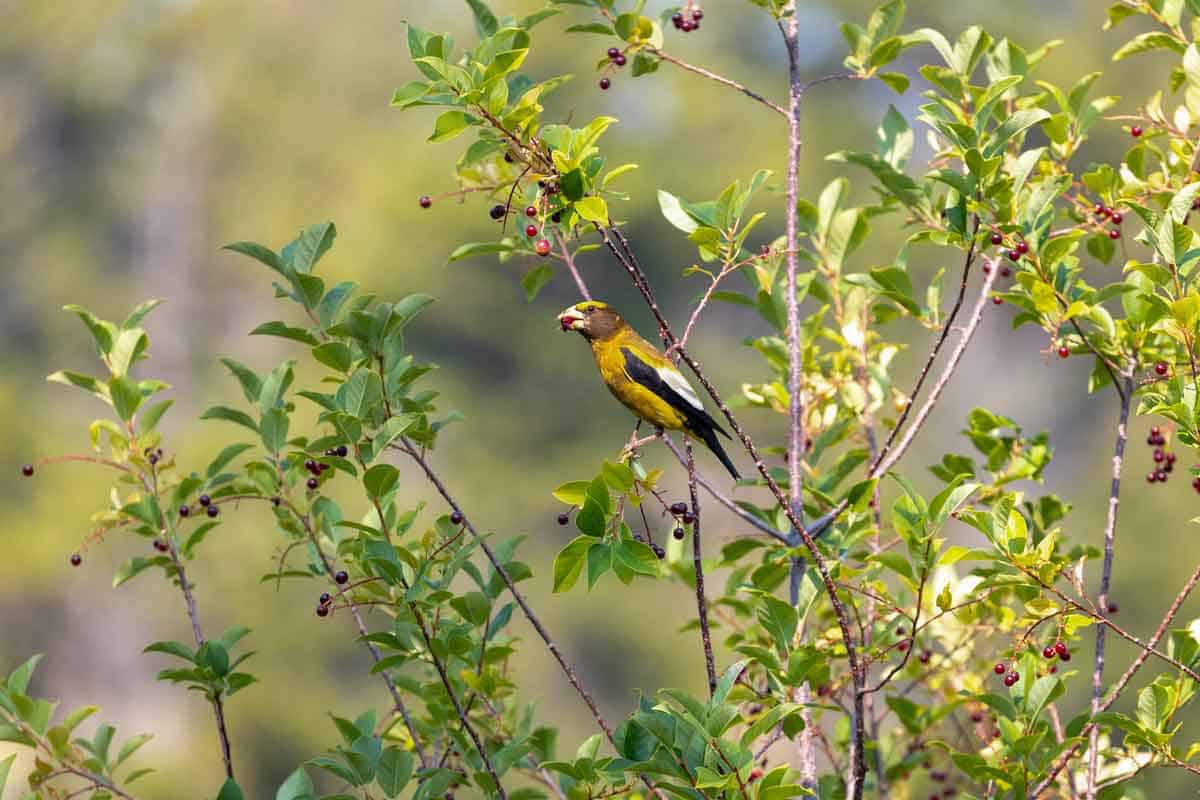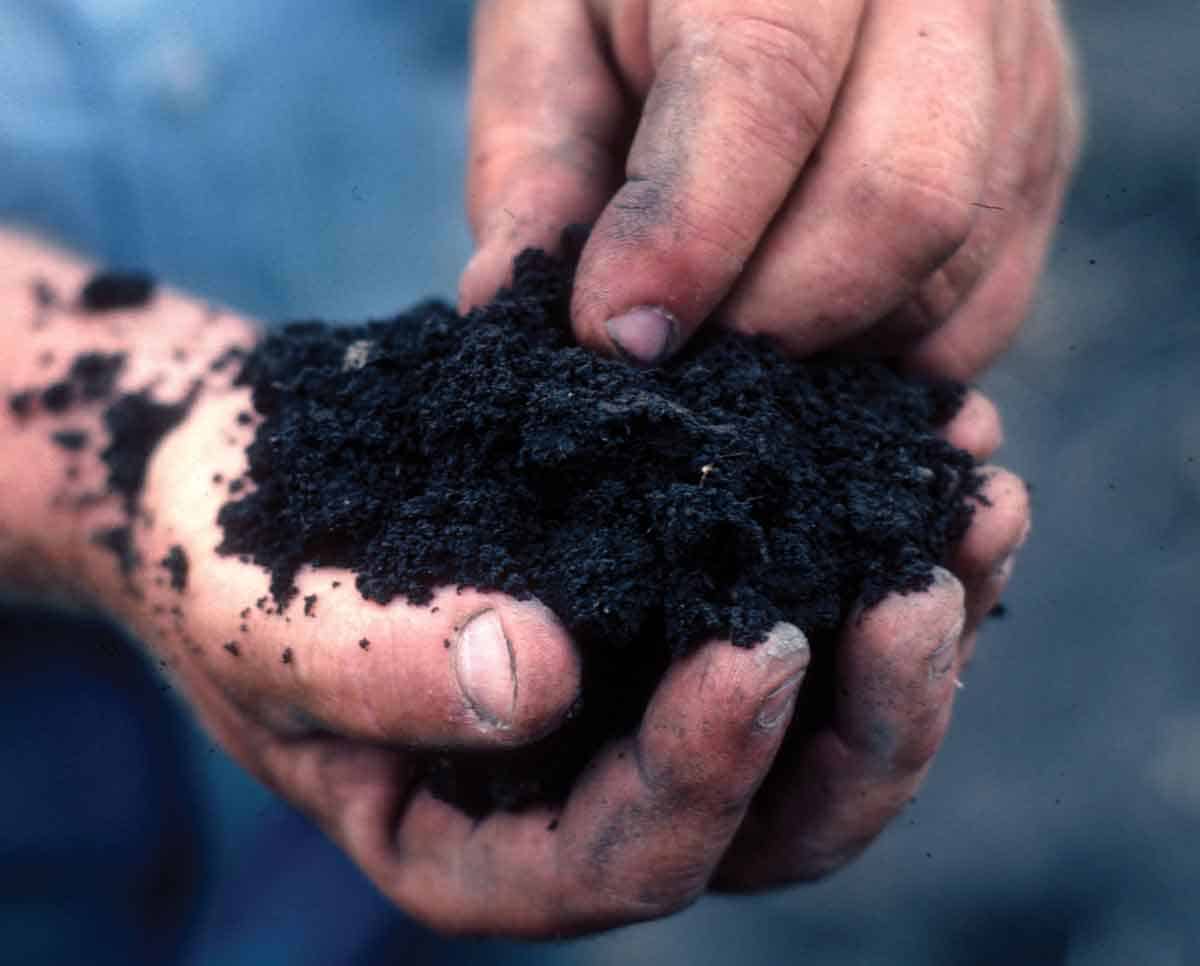Native plants, often described as the heartbeat of our local ecosystems, have been an integral part of our environment for countless generations. These plants, unlike their non-native or invasive counterparts, have evolved alongside their surroundings, fostering a harmonious balance. But what truly differentiates them from other plants? And how do ecoregions play into this? Let’s embark on a detailed exploration of their unique characteristics and the myriad benefits they offer.

What’s a “Native” Plant Species?
Distinguishing between native and non-native plants can sometimes be a complex task. Typically, a native plant is one that has evolved in a particular region or environment without human intervention. It can also be defined as one that was naturally found in a particular area before European colonization. Some methods to determine the nativity of a plant include historical records and botanical surveys, comparing the plant’s DNA with known native species, and studying the plant’s interaction with local wildlife and ecosystems. However, it’s essential to note that just because a plant is non-native doesn’t necessarily mean it’s directly harmful. Choosing non-competing non-native plants over native species might only mean less opportunity to contribute to the landscape. But it’s the invasive species, which can outcompete or harm native species, that pose significant challenges.
A “near-native” plant species is a term that isn’t as standardized or commonly used as terms like “native” or “non-native.” However, when it is used, it typically refers to a plant species that is not originally from the specific area in question but is from a nearby or similar ecosystem. These plants might have characteristics that allow them to thrive in a given environment without causing significant disruption to the local ecosystem.
Let’s Break Down the Terms to Understand Them Better
Distinguishing between native and non-native plants can sometimes be a complex task. Typically, a native plant is one that has evolved in a particular region or environment without human intervention. It can also be defined as one that was naturally found in a particular area before European colonization. Some methods to determine the nativity of a plant include historical records and botanical surveys, comparing the plant’s DNA with known native species, and studying the plant’s interaction with local wildlife and ecosystems. However, it’s essential to note that just because a plant is non-native doesn’t necessarily mean it’s directly harmful. Choosing non-competing non-native plants over native species might only mean less opportunity to contribute to the landscape. But it’s the invasive species, which can outcompete or harm native species, that pose significant challenges.
A “near-native” plant species is a term that isn’t as standardized or commonly used as terms like “native” or “non-native.” However, when it is used, it typically refers to a plant species that is not originally from the specific area in question but is from a nearby or similar ecosystem. These plants might have characteristics that allow them to thrive in a given environment without causing significant disruption to the local ecosystem.

Let’s Break Down the Terms to Understand Them Better
Near-native plant species: As mentioned, these are plants not originally from a specific area but from a nearby or similar ecosystem. They might be well-suited to the local conditions and can sometimes be used in ecological restoration or landscaping when true natives are unavailable or unsuitable.
Cultivar: This term is derived from “cultivated variety.” A cultivar is a plant variety that has been produced in cultivation by selective breeding. Cultivars can be native, near-native, or non-native. They are often chosen for specific characteristics like flower color, disease resistance, growth habit, etc. When you see a plant name in single quotes (e.g., Rosa ‘Peace’), that’s a cultivar.
Hybrid: In botany, a hybrid refers to a plant that results from the crossbreeding of two different species or varieties. This can happen naturally or be induced by humans. Hybrids can exhibit characteristics of both parent plants. Some hybrids are sterile (unable to produce seeds), while others can reproduce. Hybrids can be native or non-native, depending on the parentage.
In comparison:
- A near-native plant is about geographic origin and ecological fit.
- A cultivar is about specific cultivated characteristics, regardless of origin.
- A hybrid is about the combination of genetic material from two different species or varieties.
- It’s worth noting that a single plant can be a near-native hybrid cultivar. For example, it could be a hybrid of two species from nearby regions (making it near-native) that has been specifically cultivated for certain traits (making it a cultivar).
Why Is Including Native Plants in Landscapes So Important?
Balance in nature is delicate. Native plants, having evolved in their specific environments, play a crucial role in maintaining this equilibrium. They fit perfectly into the ecological jigsaw puzzle. However, when this balance is disrupted, often by the introduction of non-native species, the results can be catastrophic for local ecosystems and the species of insects and animals that depend on them.
The relationships between native plants and invertebrates, particularly insects, probably best demonstrates why native plant communities are key to healthy landscapes. Here’s a summary of what we know:
- Specialized Relationships: Many insects have evolved specialized relationships with specific plant species over millions of years. These insects are adapted to feed on particular native plants and often cannot feed on non-native plants. This specialization is especially true for herbivorous insects like caterpillars.
- Caterpillars and Birds: According to well-known entomologist and ecologist Doug Tallamy, native oaks, for instance, support over 500 species of caterpillars, whereas some common non-native trees support only a few or none. This is significant because caterpillars are a primary food source for many birds, especially during the breeding season when they are feeding their young.
- Biodiversity and Ecosystem Health: The presence of native plants leads to a higher diversity of insects, which in turn supports a more diverse and robust food web. This has cascading effects throughout the ecosystem, benefiting everything from birds to mammals.
- Non-native Plants and Reduced Biodiversity: Non-native plants often don’t have the same long evolutionary history with the local insect fauna. As a result, they typically support fewer species of herbivorous insects. This can lead to reduced food availability for higher trophic levels, like insectivorous birds.
More Reasons to Make Native Plants the Cornerstone of Your Outdoor Living Space
The intricate dance of nature is all about balance. Native plants, having been nurtured by their specific environments over time, are instrumental in maintaining this ecological equilibrium. They fit seamlessly into their habitats, ensuring each organism plays its part in the grand tapestry of life. Yet, when this balance is tampered with, often through the use of chemical insecticides, herbicides, or fertilizers, or due to the introduction or dominance of non-native species, the repercussions can be severe, leading to a domino effect that can destabilize entire ecosystems.
The ground beneath our feet is more than just dirt. It’s a living, breathing entity. Native plants, with their deep roots and natural decomposition processes, enrich the soil, enhancing its fertility. Moreover, they play a significant role in preventing soil erosion, safeguarding our landscapes. And while native plants often require less water than non-native species, their deep roots and natural decomposition processes enrich the soil, enhancing its fertility.

But the ground beneath our feet is more than just dirt. It’s a living, breathing entity. The soil biome, often referred to as the soil food web, is a complex community of organisms living in the soil. It includes a vast array of organisms, from microscopic bacteria and fungi to larger creatures like nematodes, earthworms, and insects. The health and diversity of this community have profound implications for plant health, soil structure, nutrient cycling, and overall ecosystem functioning. Here’s why the soil biome is crucial:
- Nutrient Cycling: Microorganisms in the soil, such as bacteria and fungi, play a vital role in breaking down organic matter (like dead plants and animals) into essential nutrients. Plants can then take up these nutrients. In return, plants provide these microorganisms with sugars and other compounds through their roots.
- Soil Structure: Certain soil organisms, especially fungi and earthworms, help create and maintain good soil structure. This structure improves water infiltration, reduces erosion, and provides spaces for roots to grow.
- Disease Suppression: A diverse soil biome can suppress soil-borne diseases. Beneficial microorganisms can outcompete or inhibit pathogens, reducing the need for chemical interventions.
- Carbon Sequestration: Soil is a significant carbon sink. Microorganisms play a role in stabilizing carbon in the soil, which can help mitigate climate change.
- Symbiotic Relationships: Many plants have symbiotic relationships with soil fungi called mycorrhizae. These fungi help plants absorb nutrients and water. In return, the plant provides the fungi with sugars.
Native plant species have evolved alongside the local soil biome for thousands to millions of years. This long co-evolution means that native plants and the soil community have developed mutualistic relationships that benefit both. Here are some examples:
- Diverse Root Systems: Different native plants have various root structures and depths, which can support a diverse range of soil organisms. This diversity can lead to a more resilient and robust soil community.
- Organic Matter: Native plants often contribute to the soil’s organic matter, both through leaf litter and root exudates. This organic matter is a primary food source for many soil organisms.
- Reduced Disturbance: Native plants, once established, often require less intervention in terms of tilling, fertilizing, and pest control. Reduced disturbance can help maintain a healthy and diverse soil biome.
- Support for Above-ground Biodiversity: Native plants also support a diverse range of above-ground fauna, like insects and birds. When these creatures die or excrete waste, they contribute to the organic matter in the soil, further feeding the soil biome.
Native Plants’ Essential Role
Native plants are crucial for the sustainability and health of local ecosystems, fostering specialized relationships that have evolved over millions of years. Many insects rely exclusively on native plants for nourishment, a dependency that cannot be replicated with non-native species. Esteemed entomologist Doug Tallamy highlights that native oaks support over 500 species of caterpillars, a stark contrast to the limited or nonexistent support from common non-native trees. This disparity is critical as caterpillars serve as a vital food source for many bird species, particularly during the breeding season.
The addition of native plants to your landscape not only enhances insect biodiversity but also strengthens the entire food web, benefiting a broad spectrum of wildlife from birds to mammals and strengthening soils that underpin it all. Non-native plants, on the hand, can contribute to a reduction in biodiversity due to their lack of co-evolutionary history with local insect populations, ultimately diminishing the food resources available for higher trophic levels.
When we prioritize native plants, we prioritize healthy yards and landscapes that are not just part of our homes but homes to millions of other species.
Feature image: “Carex praegracilis – Spring in the Mary Wattis Brown Garden of California Native Plants” by UC Davis Arboretum & Public Garden is licensed under CC BY 2.0.
